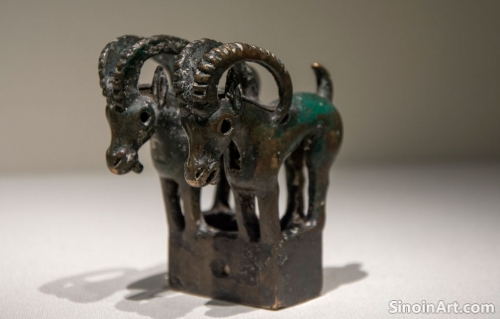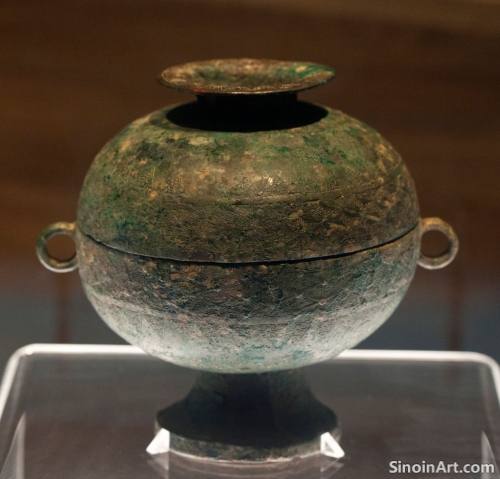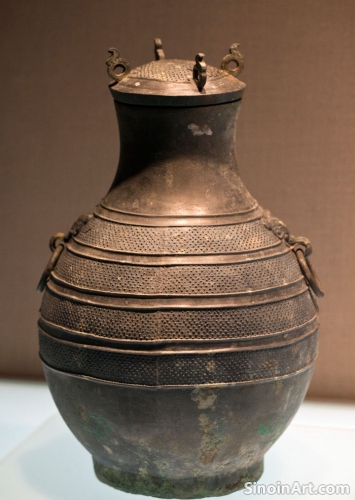Bronze Ware and the Development of Ancient Chinese Writing Styles: A Visual Record of Language Evolution
|
The inscriptions on Chinese bronze ware provide a unique visual record of the evolution of ancient Chinese writing styles, from the early, pictographic characters to more formalized and abstract forms. The study of these inscriptions highlights how the medium of bronze directly influenced the development of the written language, offering a valuable insight into the history of both script and visual design. The careful study of these inscriptions provides a fascinating perspective on the evolution of written language.  The earliest bronze inscriptions, often referred to as “bronze script” or jinwen (金文), used stylized and angular characters that reflect the techniques used in metal carving. These early inscriptions helped to form the basis for the written word in Chinese culture. The demands of creating inscriptions on metal helped to shape the early forms of written language.  The evolution of script styles over time, from the archaic bronze script of the Shang Dynasty to the more regularized forms of the Zhou, and beyond, can be clearly tracked through bronze inscriptions. The changes in the forms of written Chinese are made readily apparent through the study of these inscriptions. The careful study of these changes helps to reveal the development of both language and calligraphy in ancient China.  The format and layout of bronze inscriptions, including the arrangement of characters and the use of spacing and line breaks, also influenced the development of calligraphic principles. The early approaches to the written word, and their interplay with artistic design, helped to shape later practices. The study of writing styles on bronze ware provides a rich resource for understanding not only the evolution of the written language but also its connections to ritual, power, and cultural values. The study of these texts helps to connect us to the world of the past and to the people who created them. These objects help to bridge the gap between language, art, and ritual. |
Tag : bronze inscriptions, Chinese script, jinwen, calligraphy evolution, ancient writing
Related information
- The Use of Bronze in Ancient Chinese Agriculture: Tools and Innovations
- The Influence of Ancient Chinese Bronze Ware on Later Japanese Art and Design
- The Preservation of Bronze Ware: The Impact of Environmental Factors and Storage Conditions
- Bronze Ware and the Representation of Mythical Creatures: Dragons, Phoenixes, and the Realm of the Supernatural
- Bronze Ware and Ancient Chinese Understandings of the Natural World: Animal Symbolism and Ecological Awareness
This article explores the use of bronze in ancient Chinese agriculture, highlighting the types of tools and implements used, its role in enhancing agricultural productivity, and its impact on the development of ancient Chinese society.
This article explores the influence of ancient Chinese bronze ware on later Japanese art and design, highlighting the adoption of Chinese forms and techniques, the development of unique Japanese styles, and the impact of cultural exchange on creative expression.
This article explores the impact of environmental factors and storage conditions on the preservation of Chinese bronze ware, highlighting the causes of corrosion, the role of humidity and pollutants, and the need for careful management of storage environments.
This article explores the representation of mythical creatures on Chinese bronze ware, highlighting the symbolic power of dragons, phoenixes, and other fantastical beings, and revealing their connection to ancient Chinese beliefs about the spirit world.
This article explores how bronze ware reflects ancient Chinese understandings of the natural world, highlighting the detailed representations of animals, plants, and landscapes, and demonstrating the ancient awareness of the interconnectedness of humans and their environment.